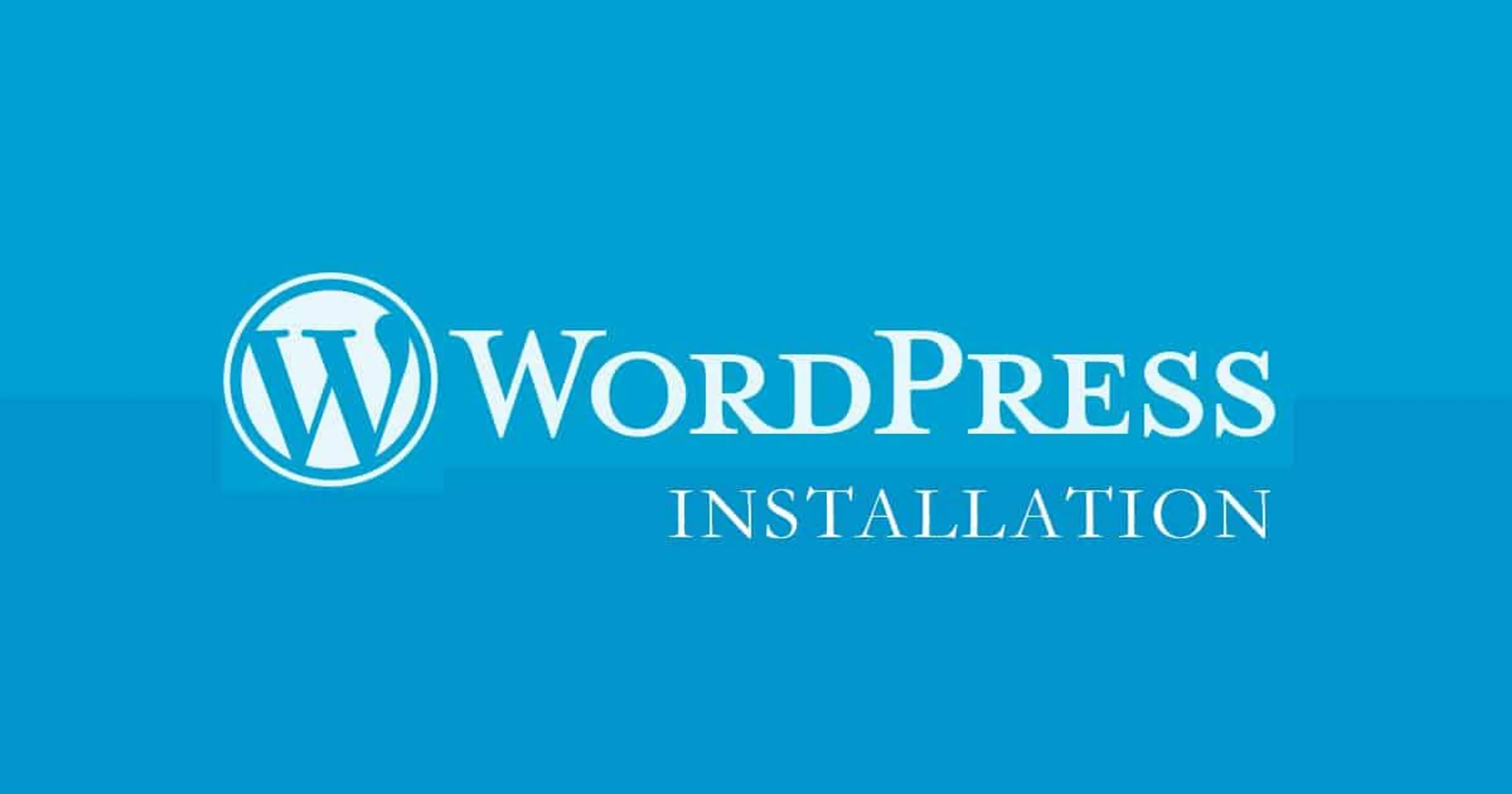If you're venturing into the world of website creation, you've likely encountered WordPress. As one of the most prominent content management systems (CMS), WordPress powers approximately 40% of the internet's websites. This CMS is revered for its ease of use, versatility, and robust community support.
Whether you're starting a blog, e-commerce site, or a corporate website, WordPress is a fantastic platform to consider. However, before you can begin to explore the potential of WordPress, you'll first need to install it.
This guide will provide you with a comprehensive walkthrough of how to install WordPress, getting you one step closer to launching your dream website. For more detailed insights on WordPress or other website building topics, explore our extensive range of tutorials on the Webfity blog. Let's start your WordPress journey today!
What You'll Need Before Installing WordPress
Before you begin installing WordPress, there are a couple of prerequisites you need to check off your list. These requirements ensure that you're fully prepared to host and set up your WordPress site.
Here's what you'll need:
1. Domain Name: This is your unique address on the web, where visitors can find your website. Choose a domain name that reflects your brand and is easy for your audience to remember. If you need guidance on how to choose a domain name, check out our blog post.
2. Web Hosting Service: A web hosting service provides the technology needed for your website to be viewed on the internet. It stores your site's files and data on its servers. There are various types of web hosting, such as shared hosting, VPS hosting, and dedicated hosting. For more information about web hosting, you can read our comprehensive guide to web hosting.
3. Reliable Internet Connection: Given that you'll be downloading and setting up software, having a stable and robust internet connection is crucial.
Once you have these components ready, you can move forward with installing WordPress. Let's walk through the process step-by-step in the next sections.
Step-by-Step Guide on How to Install WordPress
Now that you have your domain and web hosting ready, let's move on to the installation of WordPress. Here's a step-by-step guide to help you navigate this process.
Step 1: Purchase Hosting and Your Domain Name
Before you can install WordPress, you'll need to buy a hosting plan and a domain name. Several hosting providers offer domain name services, allowing you to buy a domain name during the signup process. For more information on selecting a hosting provider, see our guide on how to choose a web hosting service.
Step 2: Install WordPress using One-Click Install
Many web hosts offer a feature known as "one-click WordPress install" in their control panel. This tool automatically installs WordPress on your domain.
Here's a general guide on how to use it:
- Log into your hosting account.
- Navigate to your control panel (cPanel).
- Look for the "WordPress" or "Website" icon.
- Select the domain where you want to install WordPress.
- Click the "Install Now" button.
Step 3: Select a WordPress Theme
Once WordPress is installed, you can select a theme for your website. WordPress has a range of free themes, but you can also buy premium themes or download free ones from the WordPress theme directory.
Step 4: Configure Your WordPress Settings
After selecting a theme, it's time to configure your WordPress settings. This includes setting your website's title and tagline, adjusting your URL structure, setting your time zone, and more.
Step 5: Install Essential Plugins
Plugins add functionality to your WordPress website. There are thousands of plugins available, but some essential plugins for new websites include SEO plugins, security plugins, and backup plugins.
Step 6: Start Adding Content
Now that your WordPress website is set up, it's time to add content. This could be blog posts or static pages, like an 'About Us' or 'Contact' page. For tips on how to create engaging content, check out our content creation guide.
By following these steps, you should now have a fully functional WordPress website. However, remember that creating a successful website is an ongoing process, so keep learning, adjusting, and improving. Stay tuned to the Webfity blog for more useful tips and guides.
Conclusion
Congratulations! You've successfully navigated the process of installing WordPress. While it may seem daunting initially, once you understand the steps, it becomes a straightforward process. With WordPress now installed, you're well on your way to creating your own website and sharing your unique content with the world.
Remember, this is just the beginning of your website creation journey. There are plenty of more advanced aspects to explore in WordPress, including theme customization, plugin configuration, SEO optimization, and more. Be sure to check our Webfity blog for more comprehensive guides and articles to assist you in maximizing the potential of your WordPress site.
However, if you find that WordPress isn't the right fit for you or if you're looking for a more straightforward website building experience, consider exploring the Webfity website builder. It's a user-friendly platform that lets you create professional-looking websites without requiring any technical skills.
Ultimately, the most crucial step in building a successful website is getting started. So why wait? Dive into the world of website creation today!
